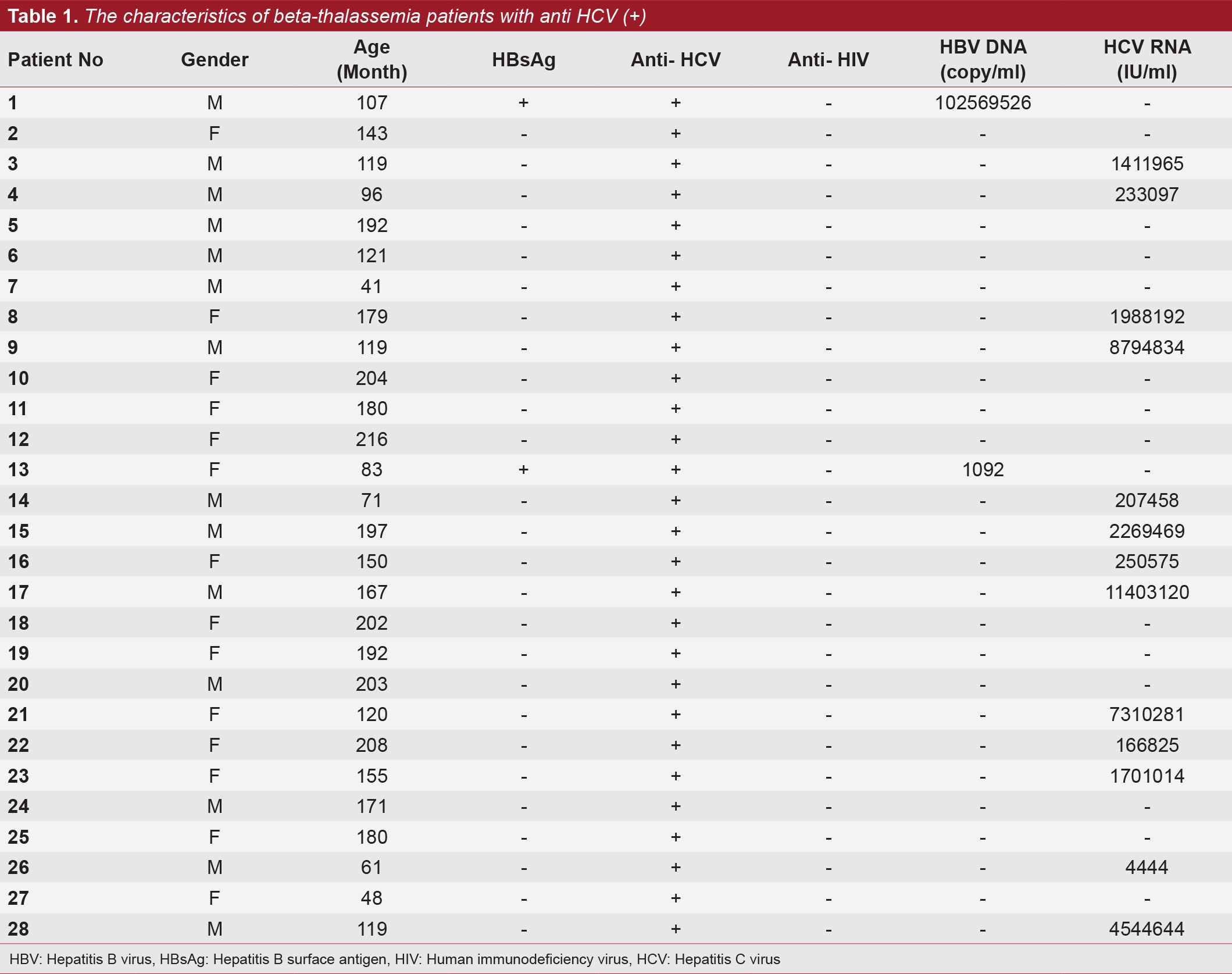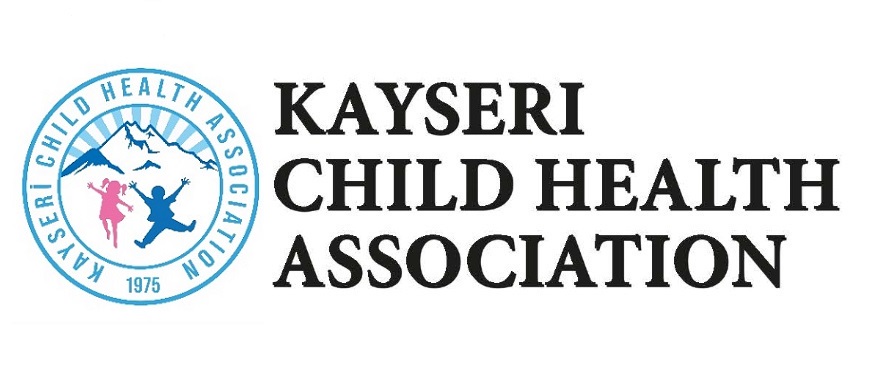Evaluation of Transfusion-Related Infections in Patients with Beta Thalassemia Major in Southeast Turkey
Transfusion-Related Infections in Patients with Beta Thalassemia Major
DOI:
https://doi.org/10.4274/jpea.2023.244Keywords:
Beta Thalassemia, children, blood transfusions, hepatitisAbstract
Thalassemia is the most common monogenic disorder and the only curative treatment is stem cell transplantation. Patients must have a regular blood transfusion to maintain life. Multi-transfusion is a risk factor for transfusion-transmitted infections (TTIs). This study aims to assess the TTIs in pediatric thalassemia patients. This retrospective study was conducted between April 2015 and December 2016. In this study, 240 Beta-thalassemia children were enrolled. Enzyme-Linked Immunosorbent Assays test results for hepatitis B, C, human immunodeficiency virus (HIV) and reverse transcriptase-polymerase chain reaction results, hepatitis C virus (HCV) genotype results, serum ferritin and transaminase levels were obtained from medical records. The findings obtained in this study showed that the prevalence of HCV infection and hepatitis B virus infection was 5.4% and 0.8%, respectively, and there were no patients with HIV infection. The serum transaminase levels were higher in the patients with HCV infection. There was no difference in serum ferritin levels between hepatitis or non-hepatitis patients. The development of blood screening systems for TTIs is important for blood safety. Especially the patients, who live in places that have poor quality screening systems, are at high risk of TTIs.

Downloads
Published
How to Cite
Issue
Section
License
Copyright (c) 2023 The Journal of Pediatric Academy

This work is licensed under a Creative Commons Attribution-NonCommercial-NoDerivatives 4.0 International License.








